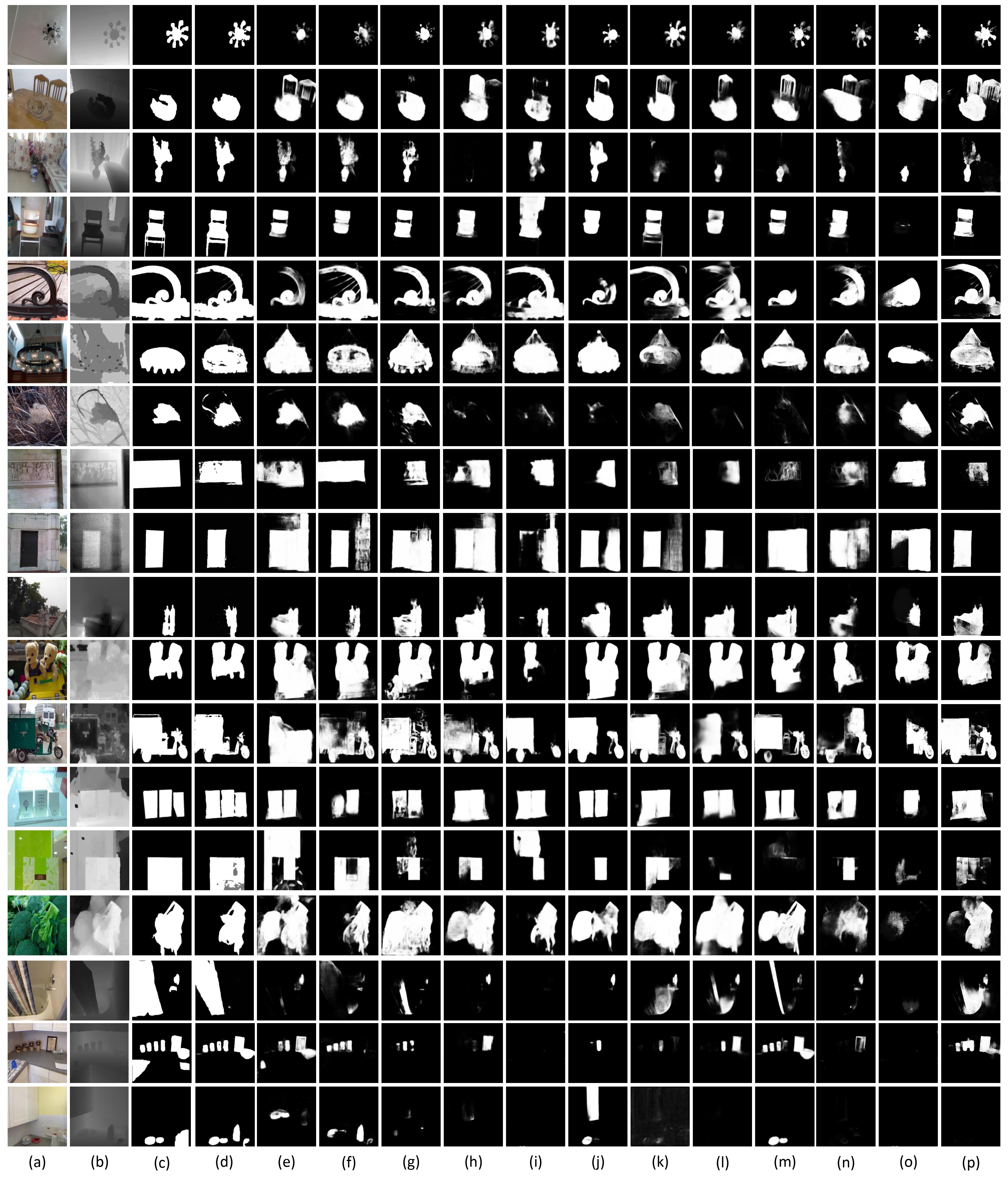RGB-D Fusion through Zero-shot Fuzzy Membership Learning for Salient Object Detection
Sudipta Bhuyan , Aupendu Kar , Debashis Sen , Sankha Deb
Advanced Technology Development Centre
Indian Institute of Technology Kharagpur, India
Abstract
Significant improvement has been achieved lately in color and depth data based salient object detection on images from varied datasets, which is mainly due to RGB-D fusion using modern machine learning techniques. However, little emphasis has been given recently on performing RGB-D fusion for salient object detection in the absence of ground truth data for training. This paper proposes a zero-shot deep RGB-D fusion approach based on the novel concept of fuzzy membership learning, which does not require any paired or unpaired data for training. The constituent salient object maps to be fused are represented using parametric fuzzy membership functions and the optimal parameter values are estimated through our zero-shot fuzzy membership learning (Z-FML) network. The optimal parameter values are used in a fuzzy inference system along with the constituent salient object maps to perform the fusion. A measure called the membership similarity measure (MSM) is proposed, and the Z-FML network is trained using it to devise a loss function that maximizes the similarity between the constituent salient object maps and the fused salient object map. The deduction of MSM and its properties are shown theoretically, and the gradients involved in the training of the Z-FML network are derived. Qualitative and quantitative evaluations using several datasets signify the effectiveness of our RGB-D fusion and our fusion based RGB-D salient object detection in comparison to the state-of-the-art. We also empirically demonstrate the advantage of employing the novel MSM for training our Z-FML network.
Highlights
- We propose a zero-shot framework for deep RGB-D fusion leading to salient object detection, which can work with arbitrary color and depth processing modules without any prior training.
- We propose a measure that quantifies similarity between fuzzy memberships and state how its properties are favorable for our purpose.
- To the best of our knowledge, ours is the first work on fuzzy membership learning through zero-shot network optimization.
Proposed Architecture

Sample Results (Full results will be released soon)
Visual Comparison

Download
References
- [59] A. De Luca, and S. Termini, “A definition of a nonprobabilistic entropy in the setting of fuzzy sets theory,” Information and control, no. 4, Vol. 20, pp. 301–312, Nov. 1972.
- [48] D. Bhandari and N. R. Pal, “Some new information measures for fuzzy sets” Information sciences, vol. 67, pp. 209–228, 1993.
- [44] A. Shocher, N. Cohen, and M. Irani,, “Zero-shot super-resolution using deep internal learning,” in CVPR, 2018, pp. 3118–3126.
- [13] F. Pourpanah, M. Abdar, Y. Luo, X. Zhou, R. Wang, C. P. Lim, X.-Z. Wang, and Q. J. Wu, “A review of generalized zero-shot learning methods,” IEEE T-PAMI, 2022.
- [22] C. Li, R. Cong, Y. Piao, Q. Xu, and C. C. Loy,, “RGB-D salient object detection with cross-modality modulation and selection,” ECCV, pp. 225– 241, Springer.
